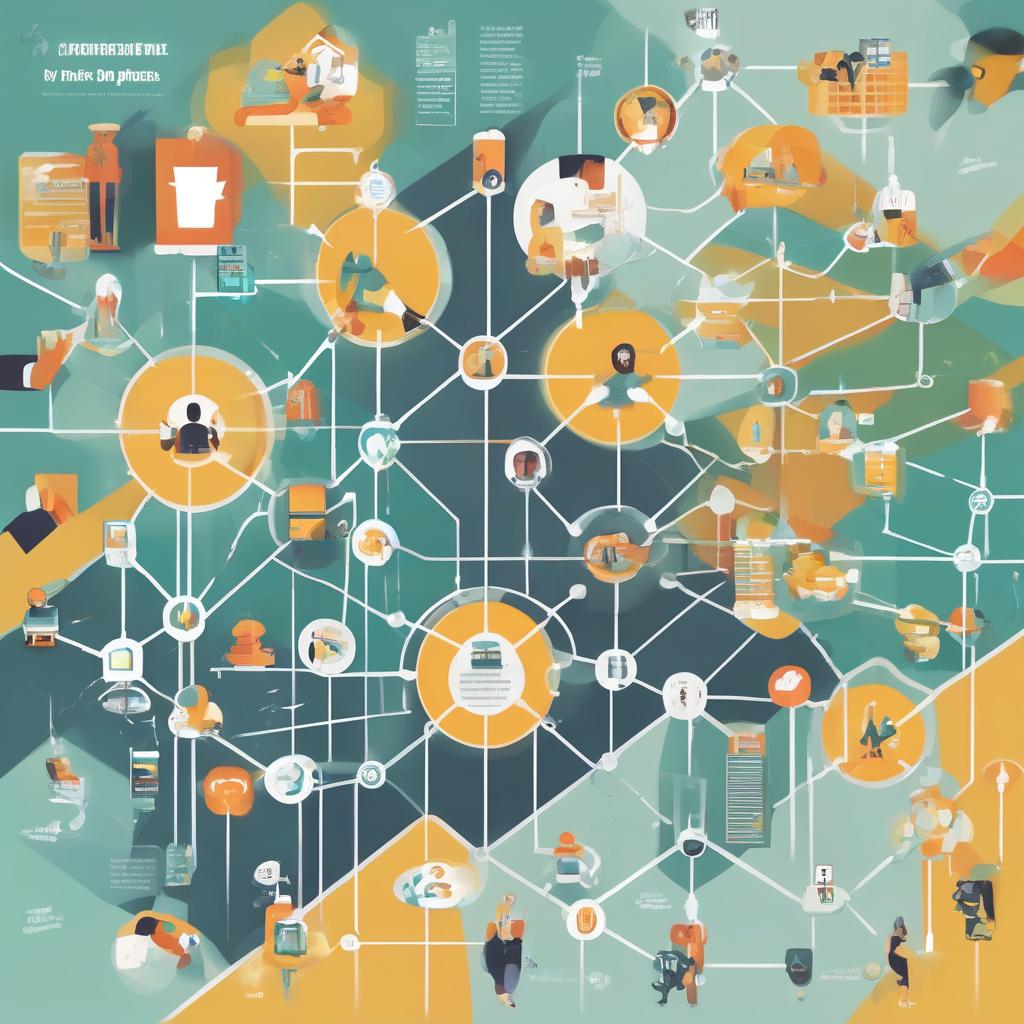If you are a veteran nonprofit leader, uncertainty isn’t new. We don’t need to look back very far to remember COVID and how that disrupted most every aspect of life. A bit further back there the Great Recession plunged the country and nonprofit organizations into deep economic instability. While the economy faltered in both instances, the human spirit thrived. Countless stories surfaced of neighbors helping neighbors. People banded together as we were all reminded of the common ties that connect us. Generosity rose. Yes, the total number of donors to organizations dropped but reports of kindness increased.
Now, I know what you are thinking, “acts of kindness don’t help me make my goals.” Not only did acts of kindness increase, philanthropic dollars also rose. The Lilly Family School of Philanthropy reported that the average amount given by donor households increased by 11.6% in 2020. COVID was an uncertain time, but the nonprofit sector found a way to thrive. Uncertainty is scary regardless of how long you have worked in the nonprofit sector but there are lessons learned in history; we will come out stronger on the other side.
In 2025, we are once again facing uncertainty. Changes in federal funding have left organizations in a panic. Tariffs in the business sector are forcing unplanned changes that will impact the bottom line. Nonprofits are having to consider how they continue offering services to those who rely on them. It’s difficult to see through the fog to know what will happen next.
I’m an optimist. I believe that the spirit of generosity will once again help nonprofit organizations thrive in a time of uncertainty. I am also realistic. I know that hope does not pay salaries or utilities and it does not buy food or materials for those in need. To that end, I want to offer some actionable solutions for organizations who may be struggling with varied levels of uncertainty.
- Don’t panic. You don’t have to solve these challenges alone. At its core, your board is responsible for the fiscal health of your organization. Use your board as a thought partner to create a robust plan with clear action items. Make sure it’s clear who is responsible for what and by when.
- Remember best practices. I’m an innovator and I love to test new ideas. While I encourage you to remain creative, now is a great time to look at strategies that have proven successful at your organization.
- Gratitude is an attitude. Don’t lose sight of those who are helping make your work possible. Stewardship is a critically important aspect of nonprofit for and let’s be honest, it can brighten the day for both you and your donor.
- Be transparent. If you are struggling, speak up. Network, talk to key donors, engage others committed to your cause. Don’t stay silent because you fear failure.
- Build partnerships. Now is the time for more organizations to work together to achieve shared goals. This creatively about who else is doing work in the same space you are? Who is impacted by the outcomes your organization leads? Connect with them and explore ways to share resources and expand your impact.
- Mission = Motivation. Having a clear purpose and reminding others of the work that you do is critically important. Now is the time to introduce or reeducate policy makers about your work and how it serves the community. Remind your donors of your steadfast commitment to your shared vision. Stay inspired by your purpose; that passion is contagious.
Don’t allow fear to dictate your actions. Use data, logic, and reason to create an action plan. Get your organization aligned with the plan and execute. Nonprofits that forge ahead with clarity and purpose will find a way to thrive, even in uncertain times.

